Mark James Russell is the only Western writer who’s work spans the whole of K-Pop’s idols wave. Living in Korea for long periods of time since 1996 he has written about the genre for publications such as the New York Times, Billboard and Newsweek.
Russell’s first publication on the entertainment industries of South Korea was the 2008 book Pop Goes Korea, a book which looks at how Korea rose to become a powerhouse of pop culture in sectors such as music, movies and television dramas. His second book comes in the form of K-POP NOW! The Korean Music Revolution.
To get the technical side out of the way – the book is a quarto flapped paperback, sizing at just under A4, with 128 full colour, glossy pages, much like those you may find in a high-end fashion magazine, though a little more weighty. Regardless of your knowledge-level where book design is concerned, when you pick up K-POP NOW! you will be able to see the quality.
The contents of the book is split into sections. In the Introduction: The State Of K-Pop we are given an overview of how K-Pop came to be in its current state, in its homeland and internationally.
Know K-Pop and you’ll know PSY kicked off much of the the global recognition of the genre. The book states:
‘Gangnam Style’ was even goofier and catchier than usual, and this time the West got the joke.
But, really, did the West get the joke? Of the 1.9 billion views the mv has clocked there will be a large percentage of the western viewers that viewed this at its base level, an explanation we’ve no doubt all heard of PSY, a short and maybe not so in-shape Asian man doing a horse dance.
As well as his outrageous style and personality PSY’s success is held in his no-holds lyrics, and it is in Gangnam Style’s lyrics that the real joke lies.
Next we are introduced to The Land Of K-Pop. I wouldn’t worry too much that Russell thinks If you want to know what K-Pop is really about, you have to understand where it came from. You need to walk the meandering alleys of Samcheong-dong, close to the ancient Gyeong-bokgung Palace in the heart of the city. You need to see the brightly lit bridges that cross the Han River. Loving music, and immersing yourself in the fandom your favourite artists and their music doesn’t necessarily mean needing to visit their country.
What Is K-Pop? A section that although boasting a lot of explanation, never really has an answer, but given the ever changing market, this is possibly very apt. You can also find interviews with Eat Your Kimchi, ZE:A’s Kevin Kim, and Brian Joo of Fly To The Sky ending this chapter. A particular highlight being Brian’s answer to If you could change one thing about the Korean music business, what would it be?
It is after these introductions to the genre that we get to what could be considered the crux of the book, profiles of most of the prominent artists in Kpop. You can find fifteen boy groups, including: EXO; BIGBANG; and maybe more surprisingly Busker Busker. Thirteen girl groups, including: Girls’ Generation; 2NE1 and Wonder Girls. The solo artist section maybe lacks a little, only including six artists, such as the obvious inclusion of PSY; and the less obvious inclusion of Yoon Mi-rae.
There are however a number of artists profiles lacking that you might have considered important in a book about Kpop. Shinhwa, the oldest group to still be going strong are mentioned a couple of times in the book though don’t get a profile, the first of Russell’s books does mention the group but did not feature profiles of artists as this one does. The same goes for Lee Hyori who’s chart topping April comeback fell during the writing period of this book.
Teen Top; Girls Day; U-KISS; Block B – though their comeback with Seven Seasons may be considered too late to feature them here, as August releases are some of the latest mentioned.
Where solo artists are concerned there seems to be many lacking, including some of the biggest names. Already mentioned is Lee Hyori, also missing are the likes of K-Will and Ailee.
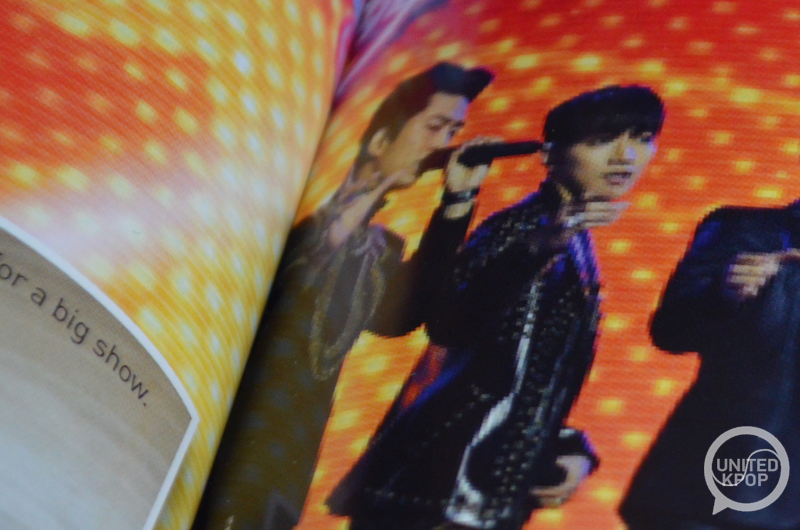
Despite lacking a small number of artists the profiles are almost all a well rounded introduction to those featured, the occasional page’s only flaw being a low resolution photograph of the artist, or slight mistakes such as After School’s Kahi being referred to as Rahi, and H.O.T.’s full name being misspelt Hi-Five rather than High-Five of Teenagers.
It is only where two SM Entertainment artists are concerned that you might have issues with the profiles.
For Super Junior and TVXQ their pasts have been brushed over. The section What Is K-Pop? states … some court cases and bad publicity have gradually chipped away at the worst types of long-term contracts. However, the biggest contract related scandals are not covered in this book, only the situations which led to 2PM and T-ara line up changes.
Super Junior’s profile never once mentions Han Geng, even though stating Super Junior was created with an eye on the international market. For its subgroup Super Junior-M, ZhouMi is Chinese and Henry is Taiwanese-Canadian. Chinese-born Han Geng, never existed. In fact, Kibum never existed either.
Where TVXQ are concerned, one reading this with no knowledge of the group might believe the group has only ever consisted of U-Know (Yunho) and Max (Changmin). TVXQ are stated to be one of SM’s greatest successes, and Mirotic is said to be nothing less that one of the defining albums of K-Pop. Undeniable Jaejoong, Junsu and Yoochun were a part of this success, though seemingly they never existed. Despite their break off unit, JYJ, making them three of the richest K-Pop idols to date they are never once mentioned in the book.
In regards to Kara nearly leaving DSP Media, Russell says Fans were shocked and worried that this would turn into another TVXQ! though the book never implies anything ever happened to the group, if you’re new to K-Pop or TVXQ you’ll have to turn to Google. Unfortunately finding what exactly happened to TVXQ without being flooded with fan sentiment is sometimes hard, a concise explanation of this might have been worthwhile.
Other group profiles, such as 2PM, Kara, T-ara, and FT Island, have ‘past member’ sections in their quick fire information boxes. It is the big breakout stars from Super Junior and TVXQ that fail to be recognised.
One cannot deny that SM Entertainment are the giants of the industry, and you will be reminded of that as you read, Russell even seeming determined to pen the term SM-Pop for the company’s take on the market’s music. Not covering two of the biggest K-Pop court battles, which coincidentally both link back to SM Entertainment, feels like brushing the negatives of the industry under the carpet and putting a positive shine on the industry leaders.
K-POP NOW! is said to be written for the genre’s growing legion of fans, though those with more than a little knowledge of the current acts might want to seek out Pop Goes Korea, to find out more about the origins of K-Pop.
If you’re new to the genre and wanting to find out more about the artists at the top of the industry you’ll find a great starting point in this book. Though it does pay to remember that with new acts debuting almost every week it may not be long before newer acts overshadow some of those featured.
If you’d like to read K-POP NOW! it is due to be released at the beginning of April and is available to preorder via Amazon.


![[BOOK REVIEW] K-POP NOW! The Korean Music Revolution by Mark James Russell](https://unitedkpop.com/wp-content/uploads/2014/03/review_kpn.png)

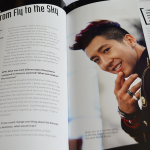
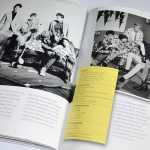
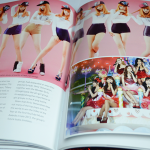
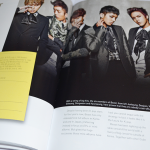
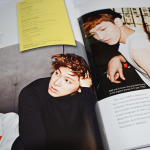
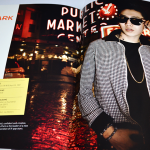
![[Album Review] Stray Kids – 5 Star](https://unitedkpop.com/wp-content/uploads/2023/06/stray-kids-comeback-ruckt-naher-anfang-juni-erscheint-5-star-435751-214x140.jpg)
![[Song of the Week] “S-Class” – Stray Kids](https://unitedkpop.com/wp-content/uploads/2023/06/Fuuswh2X0AAcNWC-214x140.jpg)
![[Song of the Week] Le Sserafim – Fearless](https://unitedkpop.com/wp-content/uploads/2022/05/le-sserafim-hybe-source-music-girl-group-debut-2022-214x140.jpg)